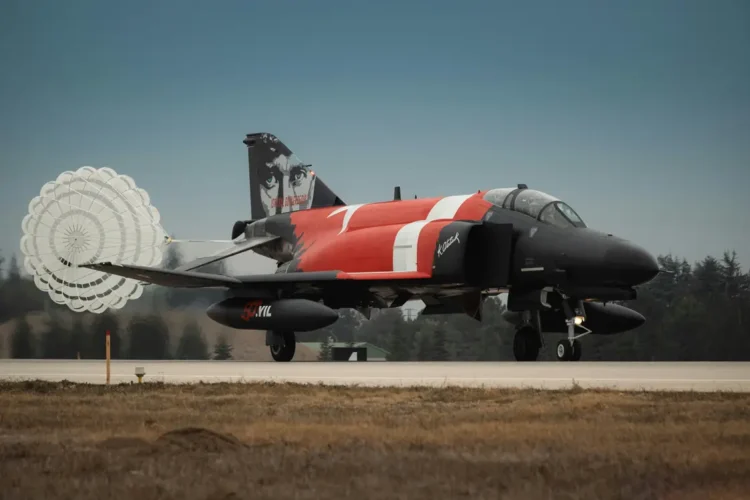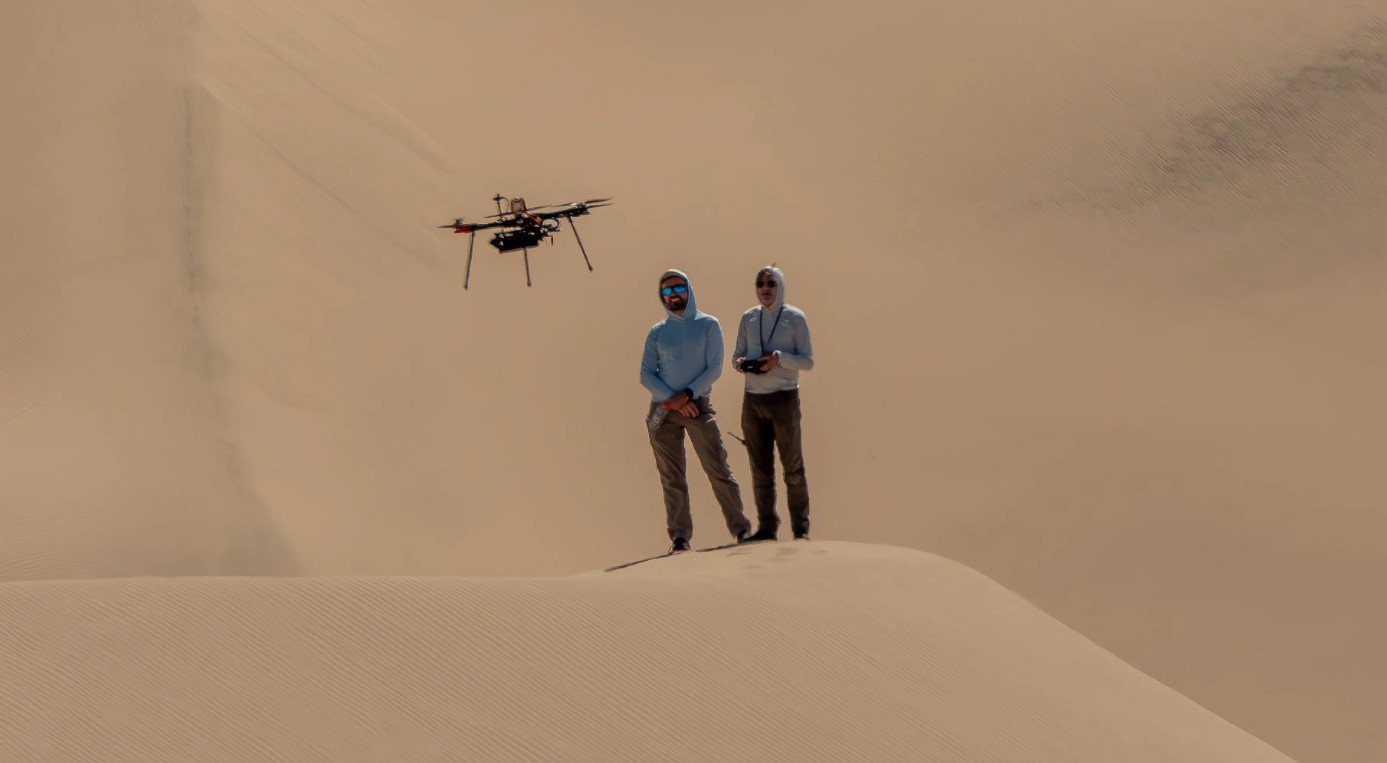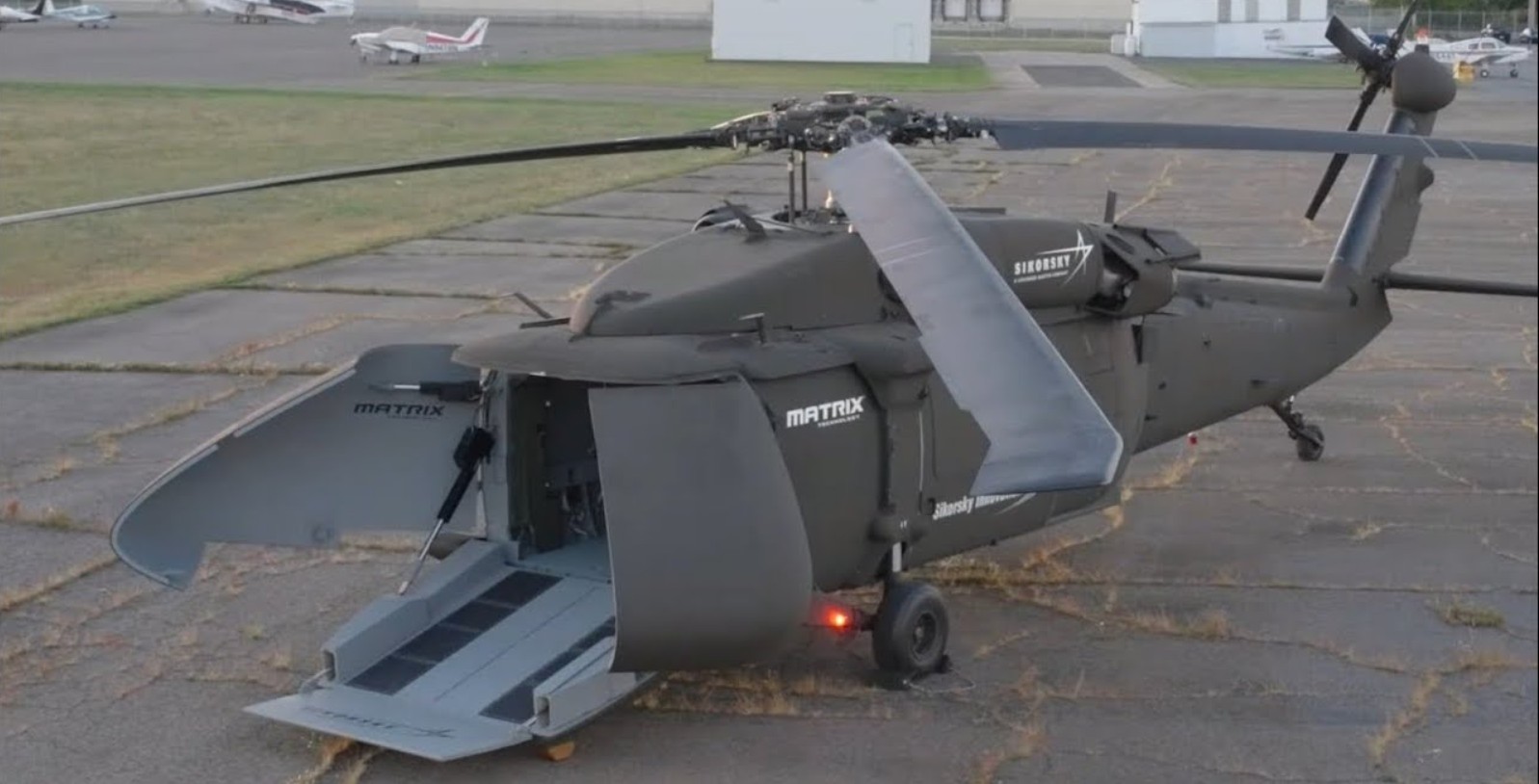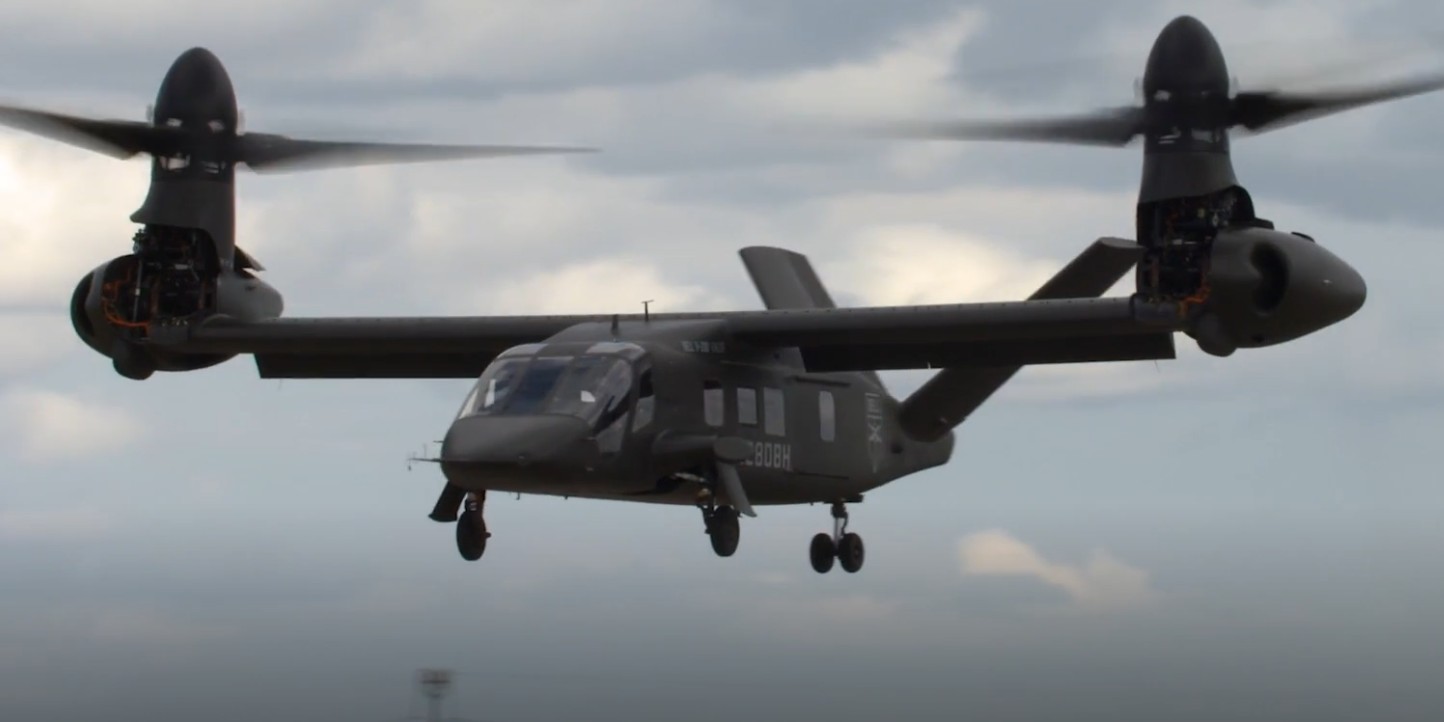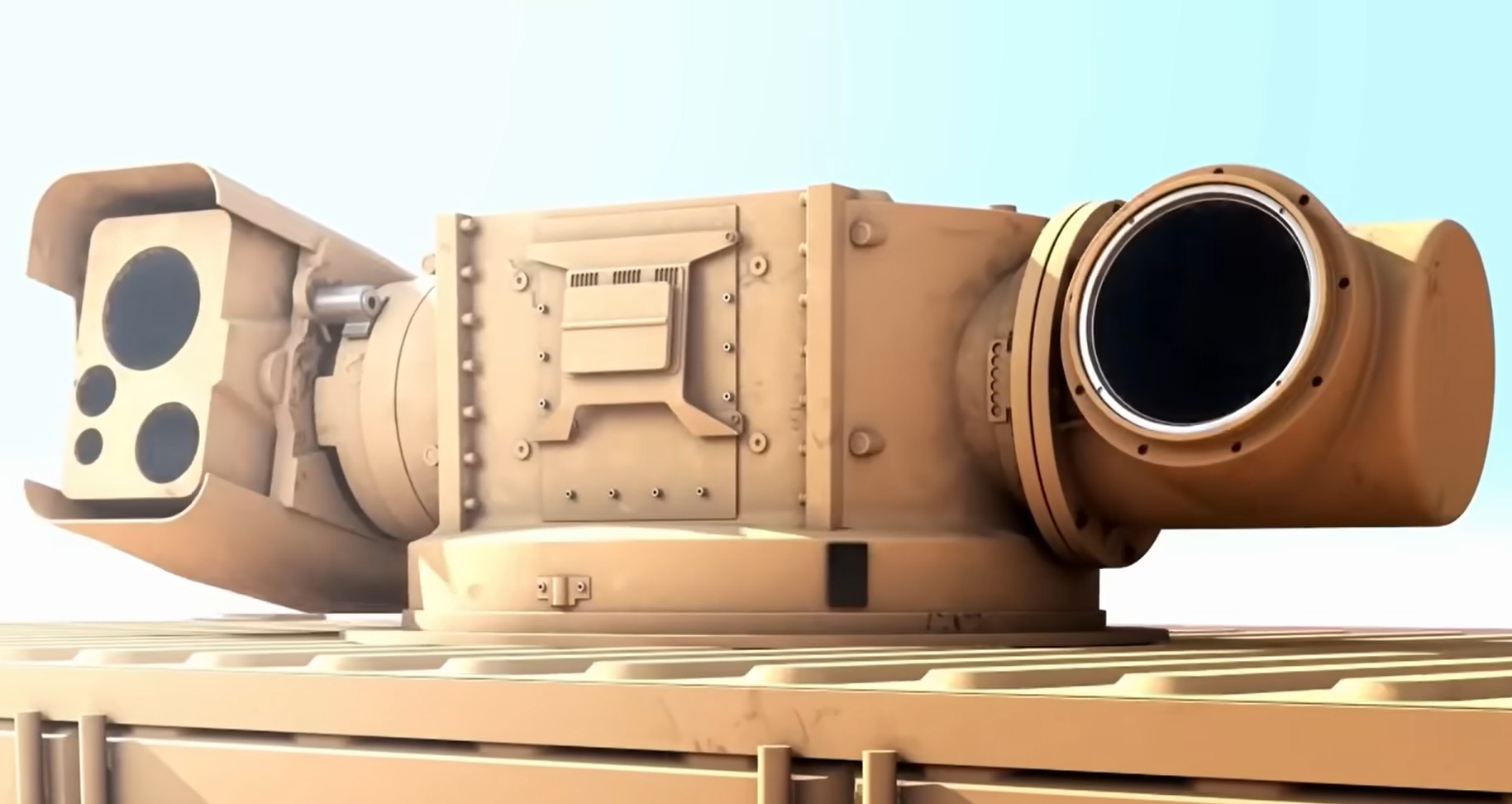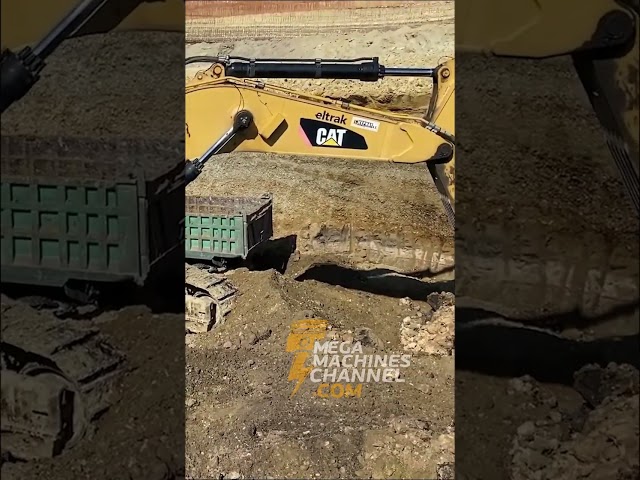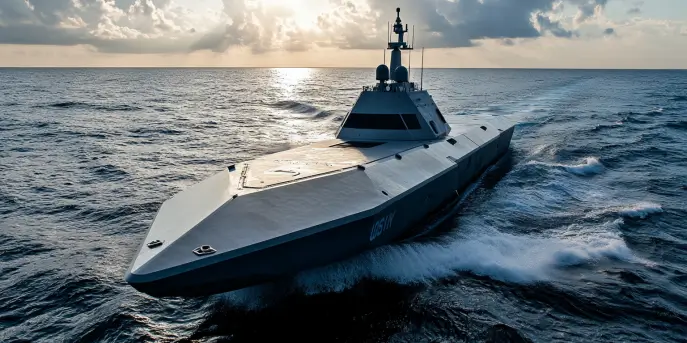The Legacy of the Phantom II
In the world of aerial combat, few aircraft have enjoyed the storied legacy of the McDonnell Douglas F-4 Phantom II. Originally conceived in the late 1950s, it became a workhorse of the United States military from the Vietnam era through to the 1990s. As time progressed, and newer aircraft joined the ranks, the role of the F-4 had to evolve. This led to the advent of the QF-4: an aerial target designed to keep modern fighter pilots sharp and capable.
The Transition to QF-4
As air forces around the world transitioned to more advanced fighters, the surplus F-4s offered a unique opportunity. Instead of letting these legendary aircraft fade into obsolescence, the U.S. Air Force contracted to convert them into QF-4 aerial targets. This conversion repurposed the aging fighter into an unmanned and remotely piloted drone. Primarily, the QF-4 has been used in training exercises, helping pilots hone their skills and test the capabilities of weapon systems.
This transformation involved equipping the aircraft with the latest in remote control technology, allowing it to perform complex aerial maneuvers. Moreover, despite its new role as a target, the QF-4 maintained the formidable aerodynamics and performance of the original Phantom, ensuring that it presented a real challenge to pilots in training.
Technical Specifications
| Characteristic | Specification |
|---|---|
| Length | 63 ft 0 in (19.2 m) |
| Wingspan | 38 ft 4.5 in (11.7 m) |
| Height | 16 ft 6 in (5.0 m) |
| Powerplant | 2 × General Electric J79-GE-17/17A turbojet engines |
| Maximum speed | Mach 2.23 (1,472 mph, 2,370 km/h) |
| Range | 1,751 miles (2,815 km) |
| Service ceiling | 60,000 ft (18,000 m) |
The Role in Modern Training
The conversion from F-4 fighter to QF-4 target drone has allowed the military to conduct highly realistic training missions. These drones are often equipped with enhanced radar reflectors and electronic countermeasure pods to simulate enemy aircraft more accurately. By engaging with the QF-4, trainees can practice everything from beyond visual range missile shots to close-in dogfighting tactics.
The presence of the QF-4 in a training exercise provides real-world scenarios that simply can’t be replicated with simulations alone. The fear of using live fire on target drones adds a psychological component that is crucial for preparing pilots for actual combat situations. It’s these high-stakes, practical experiences that ensure pilots are better prepared for real-world engagements.
However, the QF-4’s life as a drone has not been without risk. Employing real aircraft in training exercises, even unmanned ones, involves inherent dangers. On various occasions, mishaps during these exercises have led to the loss of the aircraft, considering the nature of the missions where live weapons are used.
An Evolving Technology
The development of the QF-4 marked a significant evolution in the technology of aerial targets themselves. Early target drones were relatively simple in their design and operational capabilities, often little more than basic, remote-controlled planes. The QF-4, by contrast, leverages the heritage of a supersonic jet, combining it with the technology of remote operation, providing an unparalleled platform for training.
This evolution has made the QF-4 a suitable platform not just for air-to-air combat training but also for testing new missile systems, radar technologies, and electronic warfare techniques. The aircraft’s robust design, born from the Phantom II’s original construction quality, has proven highly resilient, allowing it to fulfill its role effectively over many years of service.
The Future of Aerial Targets
As technologies continue to advance at a rapid pace, the role of aerial targets is also expected to evolve. With the eventual retirement of the QF-4 program, new platforms such as the QF-16 are being introduced. These newer drones, converted from F-16 Fighting Falcon airframes, offer enhanced capabilities and continue the legacy of using legacy fighter jets for training purposes.
Future developments may potentially include unmanned drones purpose-built for training. Such drones may feature advanced stealth capabilities, programmable flight patterns, and enhanced survivability features to withstand multiple training sessions.
The transition to newer platforms also reflects a broader shift in military aviation training. The increase in automation and the integration of artificial intelligence into drone technology presents exciting opportunities as modern defense forces prepare their personnel for various scenarios, which are becoming increasingly technologically complex and varied.
Conclusion
The QF-4, born from the much-loved F-4 Phantom II, has played a crucial role as an aerial target over several decades. It showcases a unique blend of historical legacy and modern technology, offering an indispensable tool for training and development in military aviation. As it makes way for newer models, the spirit of innovation and adaptation it embodies will continue to shape the future of military aviation training.
